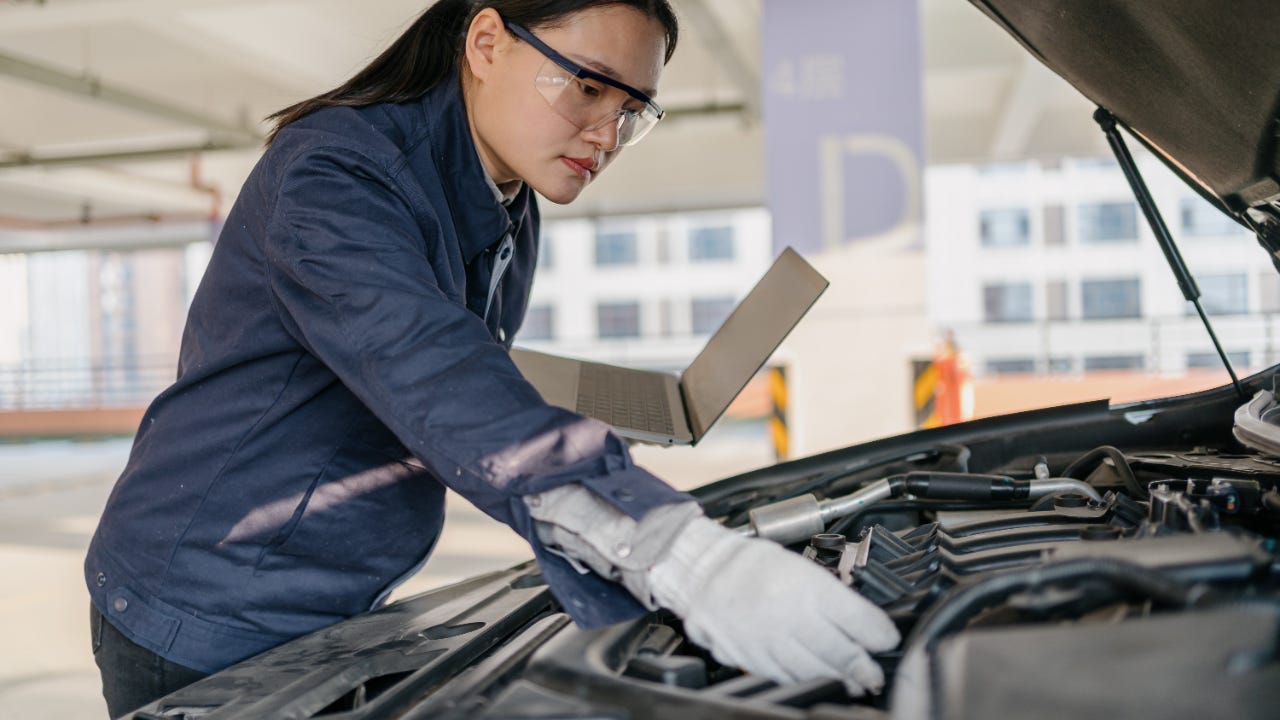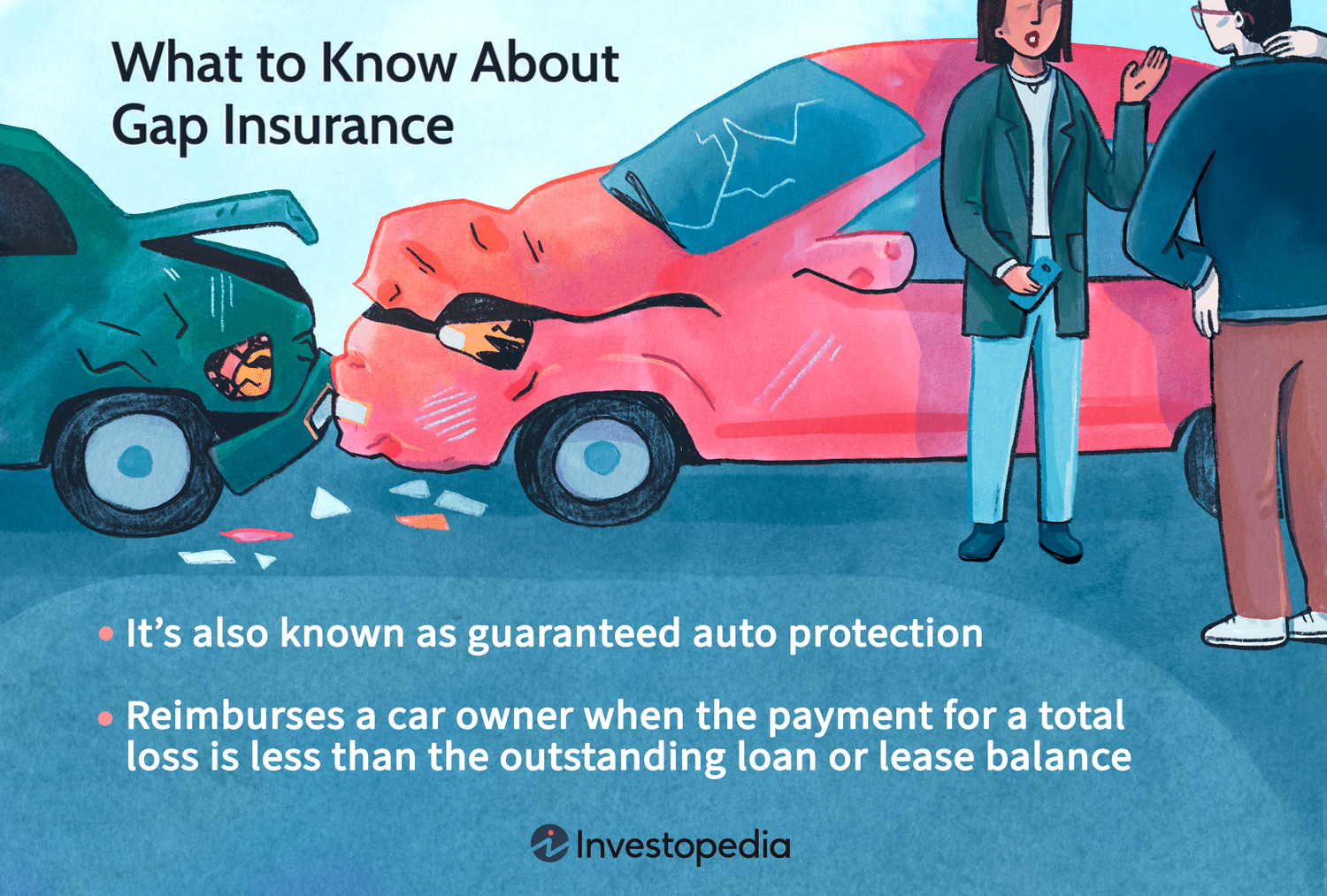How to Inspect a Used Car
To inspect a used car, check its exterior, interior, mechanics, and documentation thoroughly. Verify the vehicle’s history with a VIN check and consider a professional inspection.
Purchasing a used car can be a savvy financial move, offering the benefits of vehicle ownership without the steep depreciation of new models. Nevertheless, it comes with potential pitfalls—one of which is the condition of the vehicle. Navigating the complexities of a pre-owned car requires diligence to ensure a sound investment.
A careful inspection can uncover hidden issues and save buyers from future expenses and frustrations. This step is crucial, as it helps appraise the car’s value, uncovers potential safety concerns, and influences negotiation. With the growing online market for used vehicles, learning how to properly inspect a car has never been more important for making an informed purchase. This guide provides a practical walkthrough for assessing a used car to secure a reliable and economically sound vehicle.
Initial Considerations Before Car Inspection
Starting the search for a pre-owned car is exciting. Yet, it’s easy to get carried away. To avoid common pitfalls, consider some initial steps. Ensure you approach the car inspection process informed and prepared.
Setting Your Budget
A clear budget guides your search and protects your finances. Determine your maximum spend. Think about additional costs too. This includes taxes, insurance, and any immediate repairs.
- Car cost – Stay within your pre-decided limit.
- Running costs – Estimate fuel, maintenance, and parking.
- Unexpected expenses – Set aside funds for surprises.
Identifying Your Vehicle Needs
Everyone’s driving needs differ. Consider what you truly require. Are you city driving or exploring back roads? Do you have kids or cargo to haul regularly? Answers guide your ideal car type.
| Need | Car Type Example |
|---|---|
| Family friendly | Minivan, SUV |
| Fuel efficiency | Hybrid, Compact |
| Fun driving | Sports car |
Researching Potential Models
Knowledge is power. Research cars within your budget. Read reviews, check reliability scores, and understand the cost of ownership. This pre-inspection homework narrows your focus to the best candidates.
- Online forums – Hear from real owners.
- Consumer reports – Trust professional reviews.
- Resale value charts – Know future sale prospects.
Arranging The Inspection
Welcome to the crucial stage of buying a used car—Arranging the Inspection. Proper planning ensures a thorough review, revealing the car’s true condition. Take these essential steps to set up a successful used car inspection.
Contacting The Seller
Begin by reaching out to the seller. A quick call or email sets the stage for communication. Express your interest and ask for a suitable time to view the car. Clarify whether a mechanic can join you during the inspection. Professional insight goes a long way.
Choosing The Right Time And Location
Insisting on a daytime inspection maximizes visibility. Natural light reveals dents, scratches, and rust more readily than artificial light. Choose a location free from distractions to focus on the car’s details. Public, neutral areas offer safety for both parties.
What To Bring To The Inspection
Preparation is key. You should bring the following items to your car inspection:
- Notebook and pen for observations and questions
- Flashlight to check under the car and hood
- Magnet to detect filler under the paint
- USB charger to test power outlets
Remember to bring a friend for a second opinion. They might notice things you miss!
Exterior Inspection Checklist
When shopping for a used car, assessing its exterior is crucial. This checklist ensures you don’t miss critical details that could signal future headaches. Walk around the car and examine it using the following points as a guide:
Assessing Body Condition
Start with the overall look. Check for rust, dents, and scratches. A magnet can help reveal hidden bodywork; if it doesn’t stick, filler may be present. Don’t forget to inspect the car in daylight for accurate visibility.
- Look for inconsistencies in the paint job.
- Check for gaps between body panels.
- Ensure the trunk, hood, and doors close smoothly.
Tire Wear And Alignment
Tires tell tales of alignment and suspension issues. Uneven wear suggests problems. Here’s a quick way to inspect:
- View all four tires for tread depth and wear patterns.
- Check for cracks or bulges on tire sidewalls.
- Use a coin to gauge tread depth and ensure it’s even.
Glass, Lights, And Lens Condition
Carefully inspect all the glass on the car. Small chips can become large cracks. Verify that the windshield is intact and that there are no cracks hindering your view.
| Component | What to Check |
|---|---|
| Headlights | Ensure they are functioning and free of moisture. |
| Taillights | Check for cracks and proper operation. |
| Turn Signals | Test for quick response and brightness. |
Interior Evaluation
Embarking on an interior evaluation is crucial when inspecting a used car. This crucial step unveils comfort, functionality, and the car’s history like no other. Recognizing signs of wear and ensuring all systems work perfectly can set the stage for a wise purchase.
Checking Upholstery And Controls
Inspect every inch of the upholstery. Look for tears, stains, and unusual wear. Signs of damage can indicate a rough history. It’s essential to:
- Press down on seats; feel for unevenness or broken springs.
- Inspect seat belts for fraying and test their locking mechanism.
- Adjust seats and check for smooth operation.
Controls must be in working order. Ensure that:
- All switches and knobs turn effortlessly.
- Pedals do not stick and have the right amount of resistance.
- Steering wheel adjustments function properly.
Electronics And Instrumentation Functionality
Test all electronic features before making a decision. This means:
- Turning on the radio and checking speaker quality.
- Ensuring dashboard lights and indicators turn on without flickering.
- Using the AC and heater to check for proper airflow and temperature control.
Key indicators must be operational. Check the odometer for mileage and the fuel gauge for accuracy.
Odors And Cleanliness
A fresh and clean interior reveals care. Smell for mold or smoke that can be tough to eliminate. A spotless cabin suggests diligent upkeep. Make sure to:
- Inspect carpets for dampness or dirt.
- Look under floor mats for hidden issues.
- Check the trunk for stains or smells that could indicate bigger problems.
Mechanical Inspection
A thorough mechanical inspection separates a lemon from a good deal when checking a used car. It’s essential to understand what to look for under the hood and beneath the car to ensure you’re investing in a reliable vehicle. Let’s dive into the critical areas you need to inspect.
Engine Health And Fluids
Start with the car engine, the heart of the vehicle. Look for any signs of oil splashes or leaks. A clean engine bay is good, but over-cleaning may hide problems. Pull out the oil dipstick. The oil should be a clear golden or amber color. Dark, gritty, or milky oil can point to issues.
| Fluid | Color | Condition |
|---|---|---|
| Oil | Amber to Golden | No Metal Flakes |
| Coolant | Green or Orange | No Rust Present |
| Transmission Fluid | Pink to Red | Smooth Texture |
Transmission And Drive Axle
Next, assess the transmission. The gear shifting should be smooth and without delays. Listen for any unusual noises. A test drive is crucial to evaluate the drive axle functionality. Make sure the vehicle moves straight without pulling to one side.
- Shift through all gears
- Check for smooth transition
- Note any delays or jerks
Steering And Suspension Systems
Check the car’s steering and suspension for safety and comfort. Turn the steering wheel; listen for clicks or clunks. Feel for excessive play or vibrations. During the test drive, pay attention to how the car handles bumps and turns. The ride should be stable, not shaky or wandering.
- Turn the wheel fully left and right
- Drive over speed bumps at a low speed
- Take sharp turns cautiously

Credit: nspectacar.com
Test Driving The Vehicle
A thorough test drive is critical when evaluating a used car. It helps assess the car’s condition beyond its appearance. Focus on these key areas during the test drive to ensure the vehicle meets your expectations and performs reliably.
Performance On Different Types Of Roads
Testing the car on various road types is essential. Take the car through city streets, highways, and if possible, rough terrain. This variety tests the car’s performance in different driving conditions. Observe the acceleration smoothness, comfort at high speeds, and how the vehicle handles corners and climbs.
Braking, Steering, And Handling
- Brake Test: Check for responsive and smooth braking. Pay attention to any pulling to one side or unusual sounds.
- Steering: The steering should be tight and precise. Look out for unwanted vibrations or difficulty turning.
- Handling: Notice how the car behaves on turns. It should maintain a steady course without much body roll.
Listening For Unusual Noises
Turn off the radio during your drive. Listen for any strange sounds from the engine, brakes, or under the car. Common issues like worn belts, faulty bearings, or brake problems can often be detected by ear.
| Sound Type | Possible Issues |
|---|---|
| Clicking or Tapping | Valve problem or low oil level |
| Grinding | Brake pad or rotor issue |
| Whining | Transmission or power steering problem |
| Squealing | Belt wear or tension issue |
“`
Please note that this HTML content is designed for a WordPress blog post and is optimized for readability, SEO, and engagement without using complex sentences or unnecessary linking phrases. The use of bold text emphasizes crucial points, and various elements like paragraphs, bullet points, and tables help break down the information for easier consumption.
Professional Inspection And Documentation
Getting a used car can be a smart investment. Yet, that smart buy requires careful inspection to ensure it’s a treasure, not trouble. A professional inspection and complete documentation review stand between you and a potential lemon. Let’s delve into this critical step in the used car buying process.
Benefits Of A Certified Mechanic’s Evaluation
- Expert Eye: Mechanics spot issues you might miss.
- Save Money: Avoid costly repairs down the road.
- Negotiating Power: Use findings to bargain on price.
- Peace of Mind: Drive with confidence knowing the car’s condition.
Reviewing Service And Maintenance Records
Car care is key. Without records, it’s hard to gauge maintenance history. Here’s what to check:
| Date | Service | Mechanic’s Notes |
|---|---|---|
| 01/01/2021 | Oil Change | No issues found |
Consistent records suggest a well-maintained car.
Understanding The Vehicle History Report
A vehicle history report tells a car’s life story. It includes crucial details:
- Accidents: Past accidents point to potential future problems.
- Title Status: Clean or salvage? Know before you buy.
- Odometer Readings: Confirm the mileage is accurate.
A report without red flags is a green light for peace of mind.
Negotiating The Deal
Now that you’ve inspected the used car and tested it, it’s time to talk money. The art of negotiation can make or break your deal. Follow these steps to negotiate a fair price.
Knowing The Car’s Value
Understanding the true value of the car steers the negotiation. Start by researching the car’s market value. Check sources like Kelley Blue Book, NADA Guides, or Edmunds. Compare prices of similar models, with attention to:
- Year, make, and model
- Mileage
- Condition
- Location
Record these findings. They will be your guide during the negotiation.
Negotiation Strategies
Effective negotiation strategies can lead to a successful deal. Stick to these tactics:
- Start with a fair, slightly lower offer than your top price.
- Highlight reasons for your offer: any repairs needed or high mileage.
- Stay calm and polite, even if the seller counters.
- Be ready to walk away. This shows you’re not desperate.
Closing The Sale With Confidence
Closing the deal takes precision. Ensure these points are clear:
| Point of Sale | Action |
|---|---|
| Final Price | Affirm the agreed price confidently. |
| Paperwork | Check and sign all necessary documents. |
| Payment | Confirm the payment method and process it. |
With every detail agreed upon, confidently finalize the purchase. Congratulations on your new car!
Post-purchase Actions
Congratulations on your recent used car purchase! It’s time to focus on securing your investment and ensuring its longevity. Proper post-purchase actions keep you legally compliant and help maintain your car’s performance. Take these essential steps immediately after buying your used car.
Securing Insurance And Registration
- Contact insurance companies to compare rates and coverage.
- Choose the best insurance plan that fits your needs and budget.
- Transfer or apply for registration at your local DMV. Bring necessary documents such as proof of purchase, ID, and proof of insurance.
- Install the license plates once you receive them.
Planning For Maintenance And Upkeep
Proper maintenance keeps your car reliable and helps avoid costly repairs. Create a checklist to stay on top of essential tasks.
| Interval | Maintenance Task |
|---|---|
| Every 3,000 – 5,000 miles | Oil and filter change |
| Every 6,000 – 12,000 miles | Tire rotation and balance |
| Annually | Brake inspection |
| As needed | Battery and lights check |
Joining Owner Communities
- Find online forums or local groups specific to your car model.
- Share experiences and gain insights from fellow owners.
- Learn about DIY maintenance tips and common issues to watch for.
- Get recommendations for parts and services from trusted community members.

Credit: www.bankrate.com
Frequently Asked Questions Of How To Inspect A Used Car
What To Look For When Inspecting A Used Car?
When inspecting a used car, check for body damage, tire condition, and fluid leaks. Examine the upholstery and electronics inside. Always test drive to assess the engine and transmission performance.
How To Spot Potential Issues In A Used Car?
Look for uneven tire wear, strange engine noises, or smoke as indicators of issues. Check for inconsistent paint, suggesting past repairs. Inspect under the hood for rust or corrosion.
Are There Hidden Problems In Used Cars?
Hidden problems can exist, such as electrical issues, or frame damage not visible during a casual inspection. A pre-purchase inspection by a qualified mechanic is recommended to uncover these problems.
Can Vehicle History Reports Reveal Past Car Problems?
Yes, vehicle history reports can provide details of past accidents, service records, and ownership history, offering insights into potential car problems. Always review these before purchasing.
Conclusion
Thoroughly inspecting a used car is crucial before making a purchase. By methodically checking the vehicle’s history, condition, and performance, you avoid costly repairs down the line. Remember, a smart buy is rooted in diligent research and attention to detail.
Drive away confident in your investment, knowing you’ve covered all the bases.





